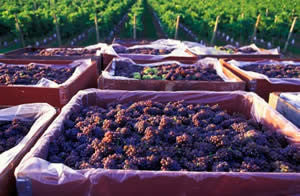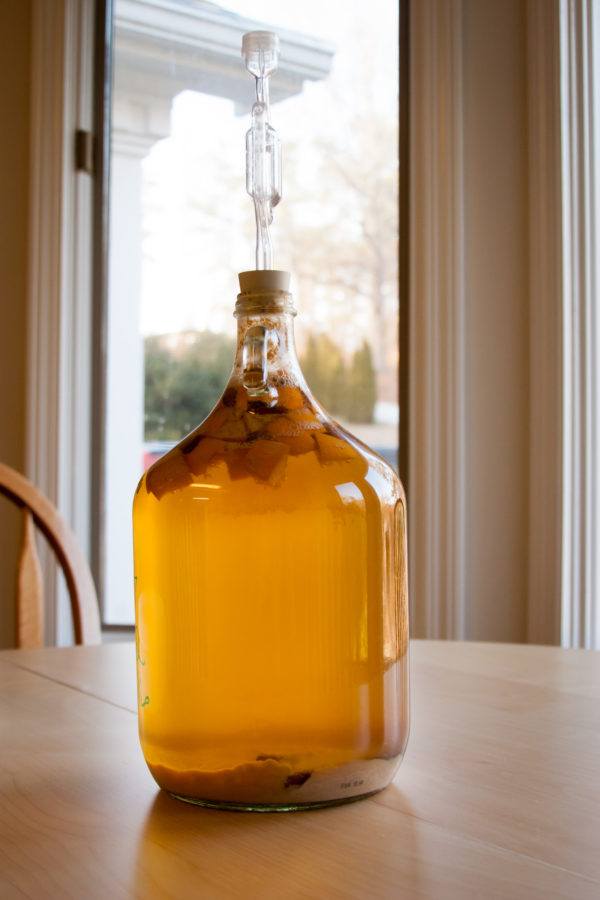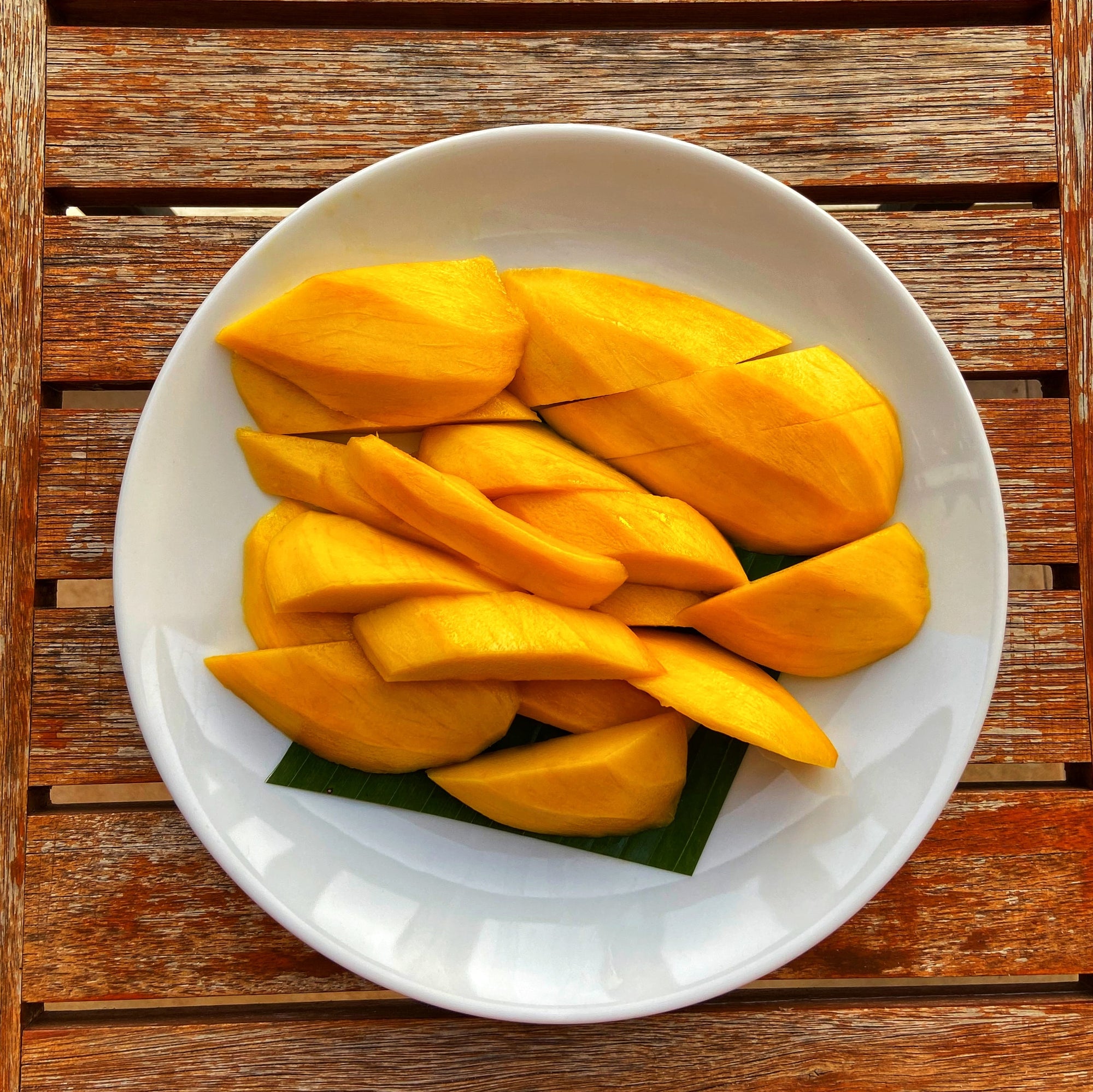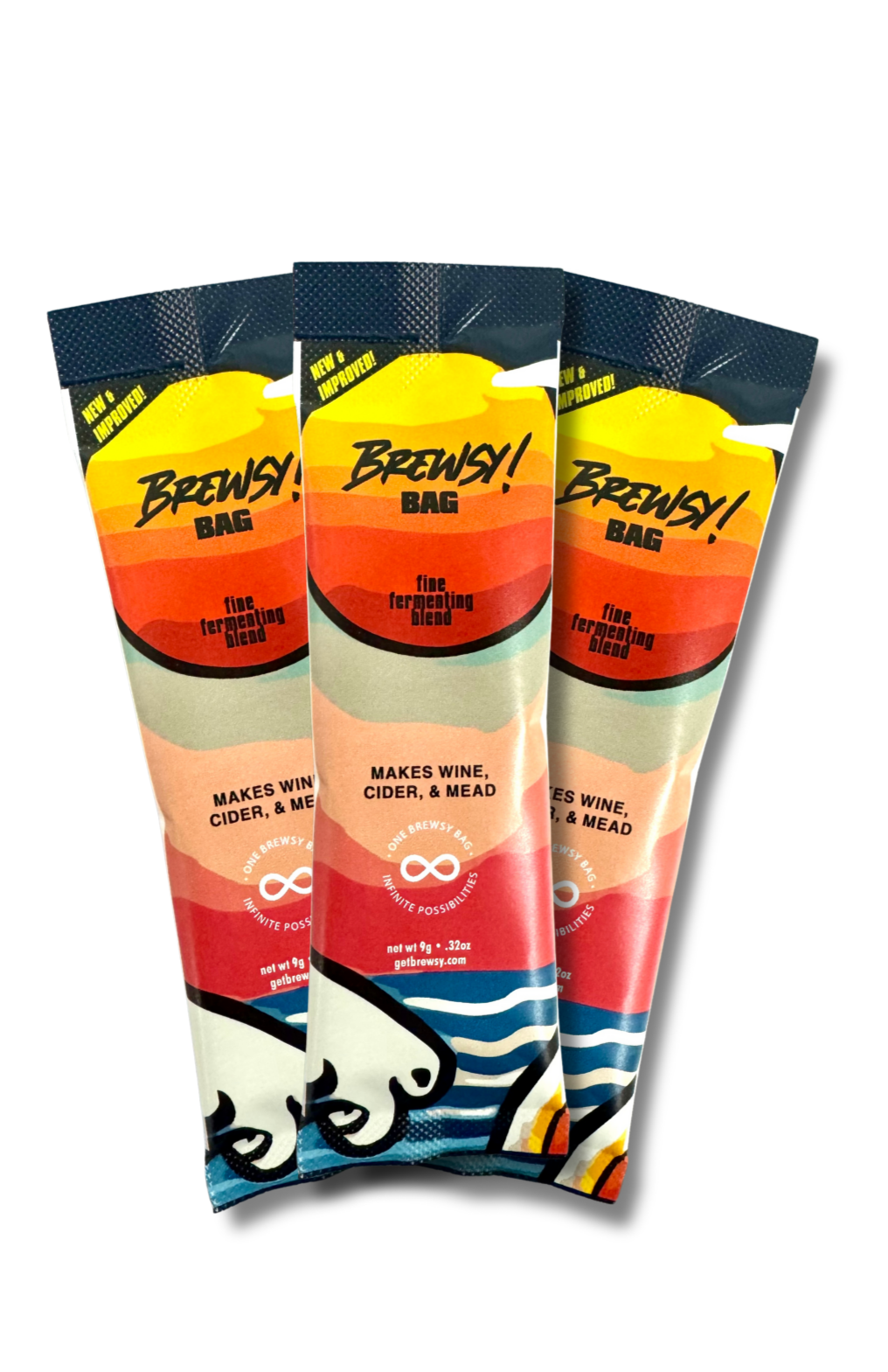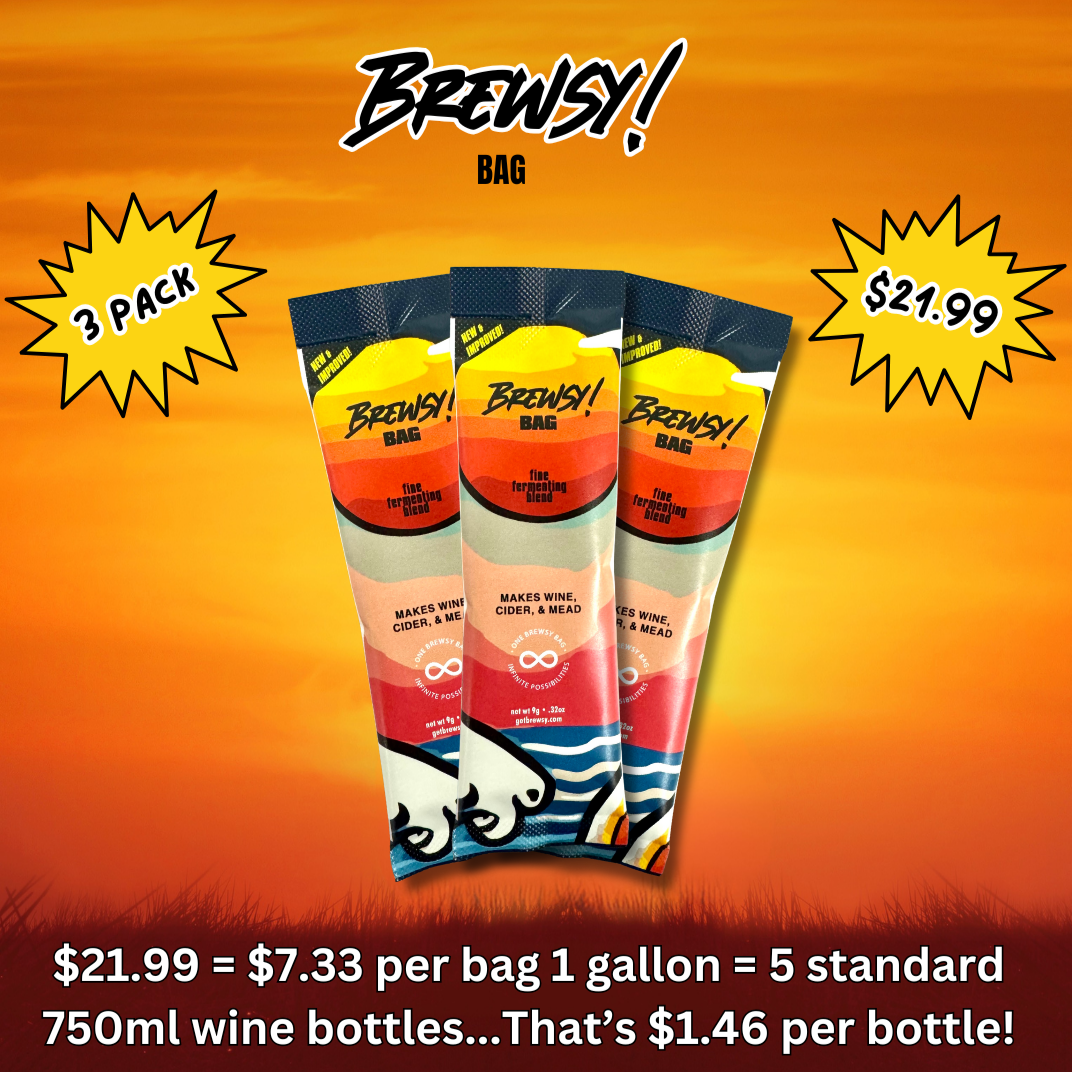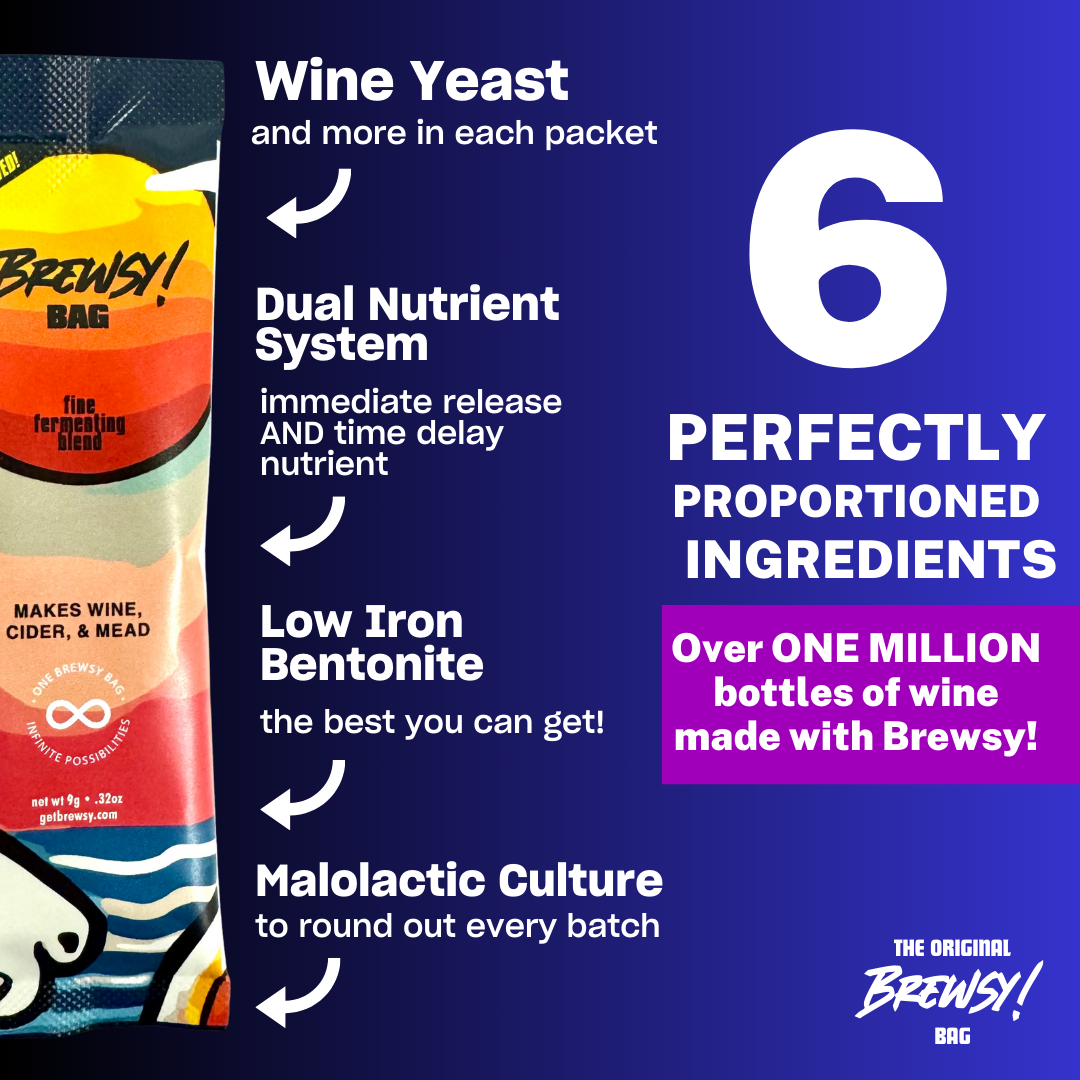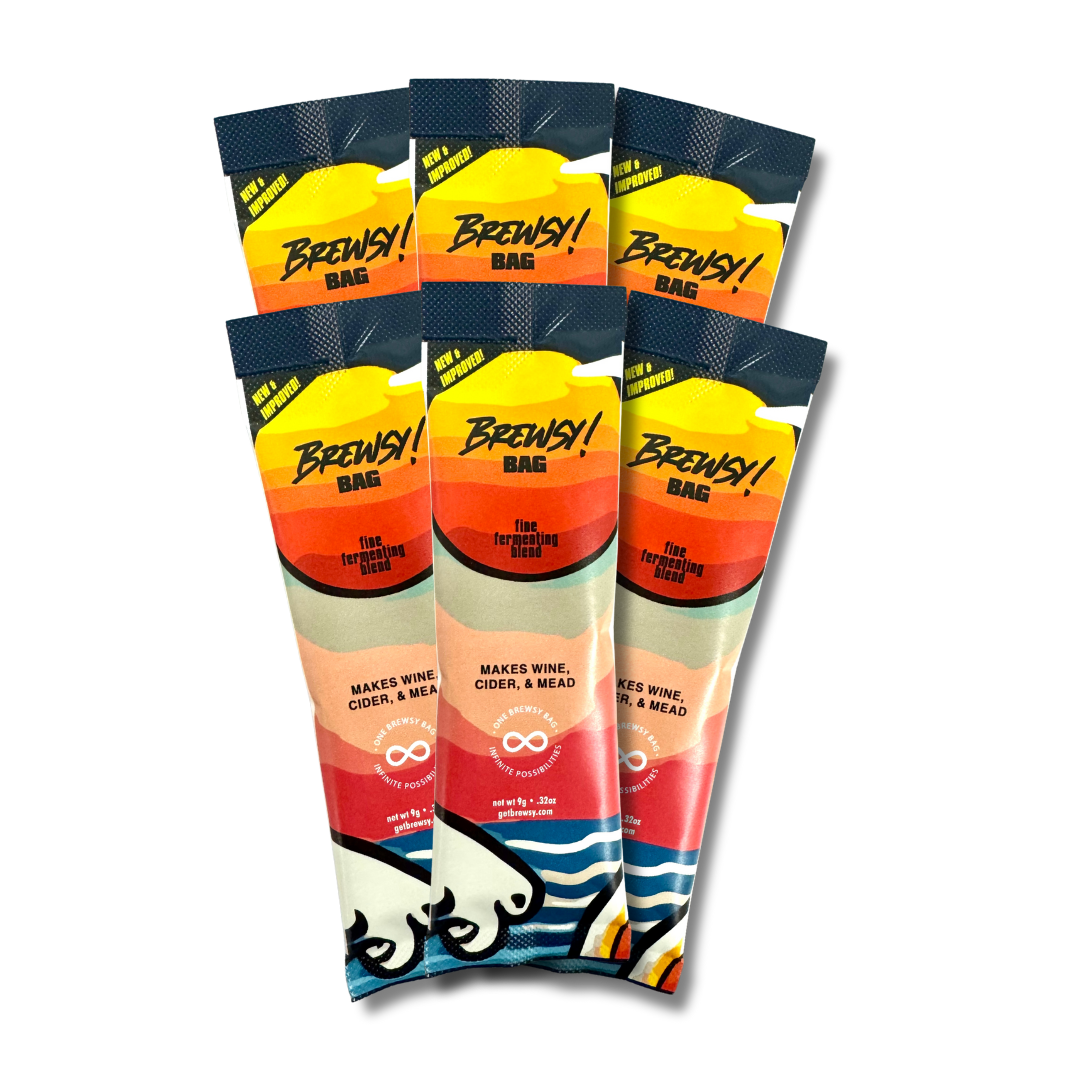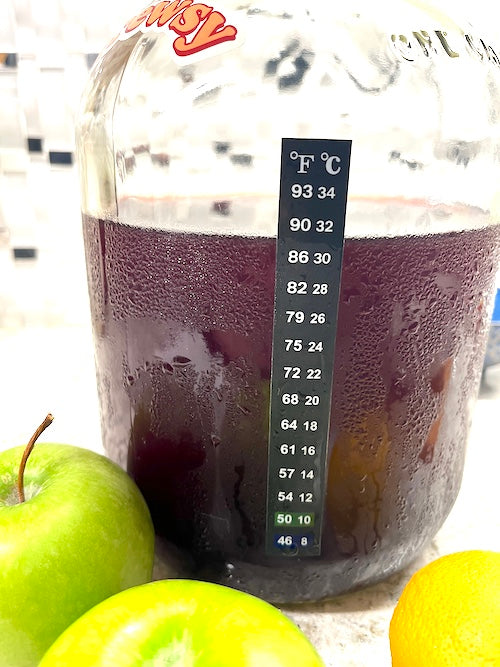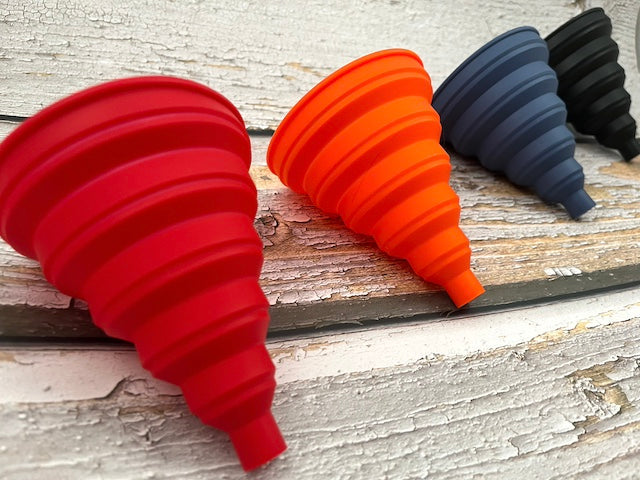
What Is Ice Wine?
So, you have begun the search for a new wine to make - something interesting, something unique - and you come across ice wine. No, it is not made from ice... well, to be fair, that is not entirely correct. So what is ice wine?
Aside from having 10,000 different varieties of wine grapes (yes, 10,000), terroir also plays a huge role in the development of these grapes. Terroir, in summary, is the collection of environmental factors that affect certain crops, such as grapes, for example. Of course, it is safe to assume that temperature is one of those factors.
In short, ice wine is a type of wine, typically a dessert wine, that is made from grapes that have been frozen while they are still on the vine. The water contained within these grapes will freeze, but sugars found in them will not so it allows for a much more concentrated flavor as opposed to fresh, thawed grapes.
How to make ice wine?
This particular dessert wine has almost always been considered risky. For starters, the grapes used should have no form of natural rot. This rot, in viticulture, is known as noble rot which is a result of a beneficial fungus eating the skin that allows some of the water to evaporate leaving behind a higher concentration of sugar. So what makes making ice wine risky is that the grapes have to be harvested before this rot sets in, but after the frost has developed, and, sometimes, there is only a tiny window for this to happen. Occasionally, the frost may not come at all before rots sets in.
Once the grapes have been harvested, they are immediately pressed while still frozen. This results in the ice crystal staying behind in the press while allowing for that concentrated juice to flow out. Once enough juice has been collected, special strains of yeast are added to it. Because of the high amount of sugar, fermentation takes longer than usual, sometimes months to finish, as opposed to days or weeks for regular wines.
Naturally, because production in general of ice wine is lower and more difficult than regular wine, it tends to be a bit more expensive. Actually, no, it is significantly more expensive.
Why is it called ice wine?
Unlike other wines that are named after the grape varietal, or certain meads with ancient etymologies, ice wine is simply called that because they are made from frozen grapes. No meaningful or historical importance to the name to be found here.
What is the history of ice wine?
While references may be found that frozen grapes were used in Roman times, more conclusive evidence exists that an ice wine harvest occurred in Rheinhessen, Germany in the 1800's with production ramping up in the 1960's.
Eventually, a German immigrant in Canada, being an inherently colder place, picked up production of ice wine by accident when the Okanagan Valley in British Columbia was hit by a sudden and unexpected frost. This harvest yielded around 40 litres (11 US gallons) of wine that were eventually sold in 1978.
Today, Canada remains the world's largest manufacturer of ice wine. Ontario alone made an estimated 800,000 litres (210,000 US gallons) in 2016. That is a lot of wine.
So if you happen to come across a bottle of ice wine, while expensive, it might be worth it give it a try, even once, for a new wine experience.



